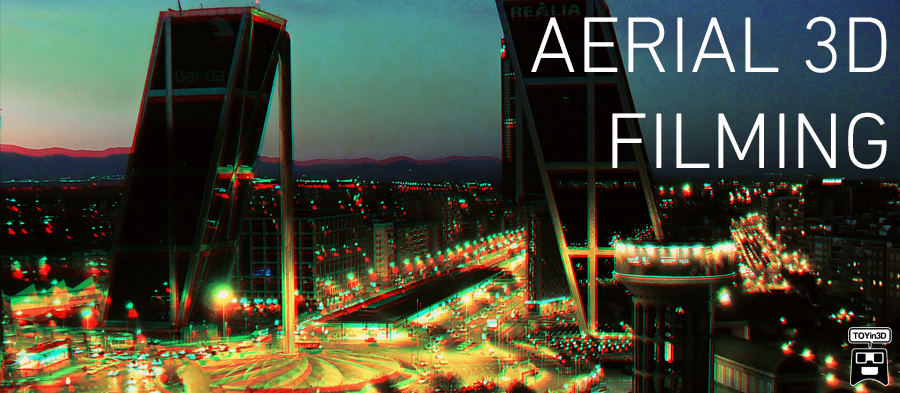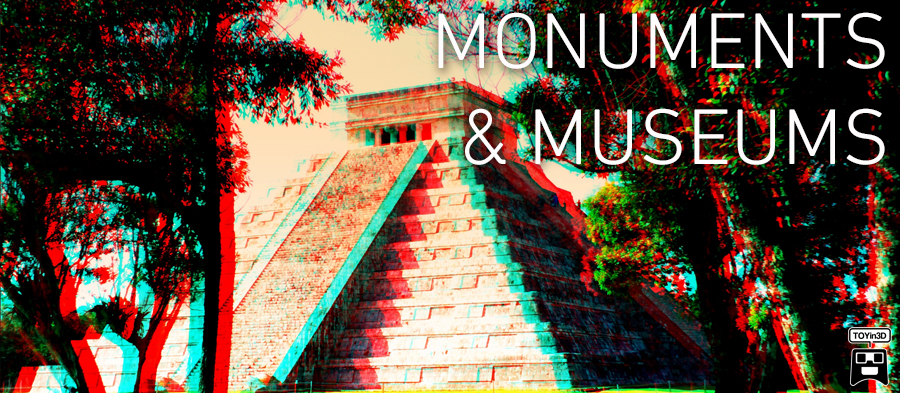The incredible ability of our brain to create a three-dimensional (3D) representation from an object's two-dimensional projection on the retina is something that we may take for granted, but the process is not well understood and is likely to be highly complex.
Now, new research published by Cell Press in the January 12 issue of the journal Neuron provides the first direct evidence that specific brain areas underlie perception of different 3D structures and sheds light the way that the primate brain reconstructs real-world objects.
The brain areas that underlie our ability to perceive objects as 3D were unknown, but previous research has implicated certain regions as playing a role in 3D processing. "One candidate for a brain area that could be involved in 3D-structure perception is the inferotemporal (IT) cortex," explains senior study author, Dr. Peter Janssen, from the Catholic University Leuven in Belgium. "The IT cortex contains shape-selective neurons that demonstrate selectivity for relatively simple 3D structures, such as convex (curved out) or concave (curved in) surfaces."
Dr. Janssen and colleagues were interested in investigating the specific role of IT neurons in 3D perception. Using rhesus monkeys that had been trained to report which 3D structure they perceived, the researchers electrically stimulated clusters of IT neurons that had a particular 3D-structure preference (convex or concave) while the monkeys were categorizing 3D structures as either convex or concave. Remarkably, stimulation of a particular cluster of neurons could cause the monkeys to choose the 3D structure preferred by those neurons. Further, stimulation accelerated the time it took to choose the preferred structure but delayed the choice of the nonpreferred structure.
Taken together, these results demonstrated that electrical stimulation of specific clusters of IT neurons profoundly and predictably influenced both the monkey's choices and the time taken to reach those decisions. "To our knowledge, our findings provide the first evidence relating a specific brain area directly to 3D-structure perception," concludes Dr. Janssen. "These observations advance the understanding of how the brain reconstructs the 3D world by demonstrating a causal involvement of IT in the perception of different 3D strucures."
Story Source:
The above story is reprinted from materials provided by Cell Press, via EurekAlert!, a service of AAAS.
Note: Materials may be edited for content and length. For further information, please contact the source cited above.
Journal Reference:
Bram-Ernst Verhoef, Rufin Vogels, Peter Janssen. Inferotemporal Cortex Subserves Three-Dimensional Structure Categorization. Neuron, 2012; 73 (1): 171 DOI: 10.1016/j.neuron.2011.10.031
Source [sciencedaily.com]



























